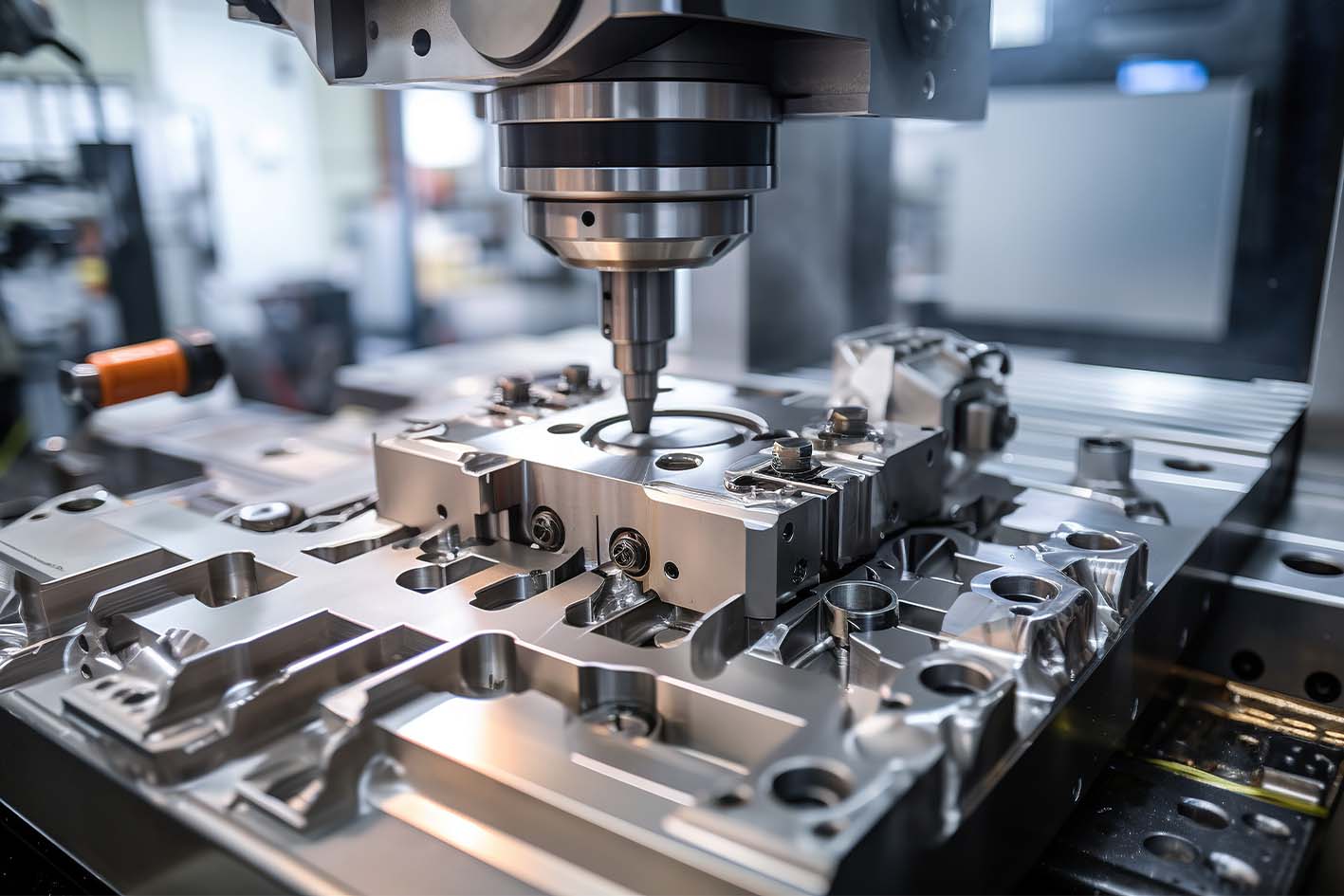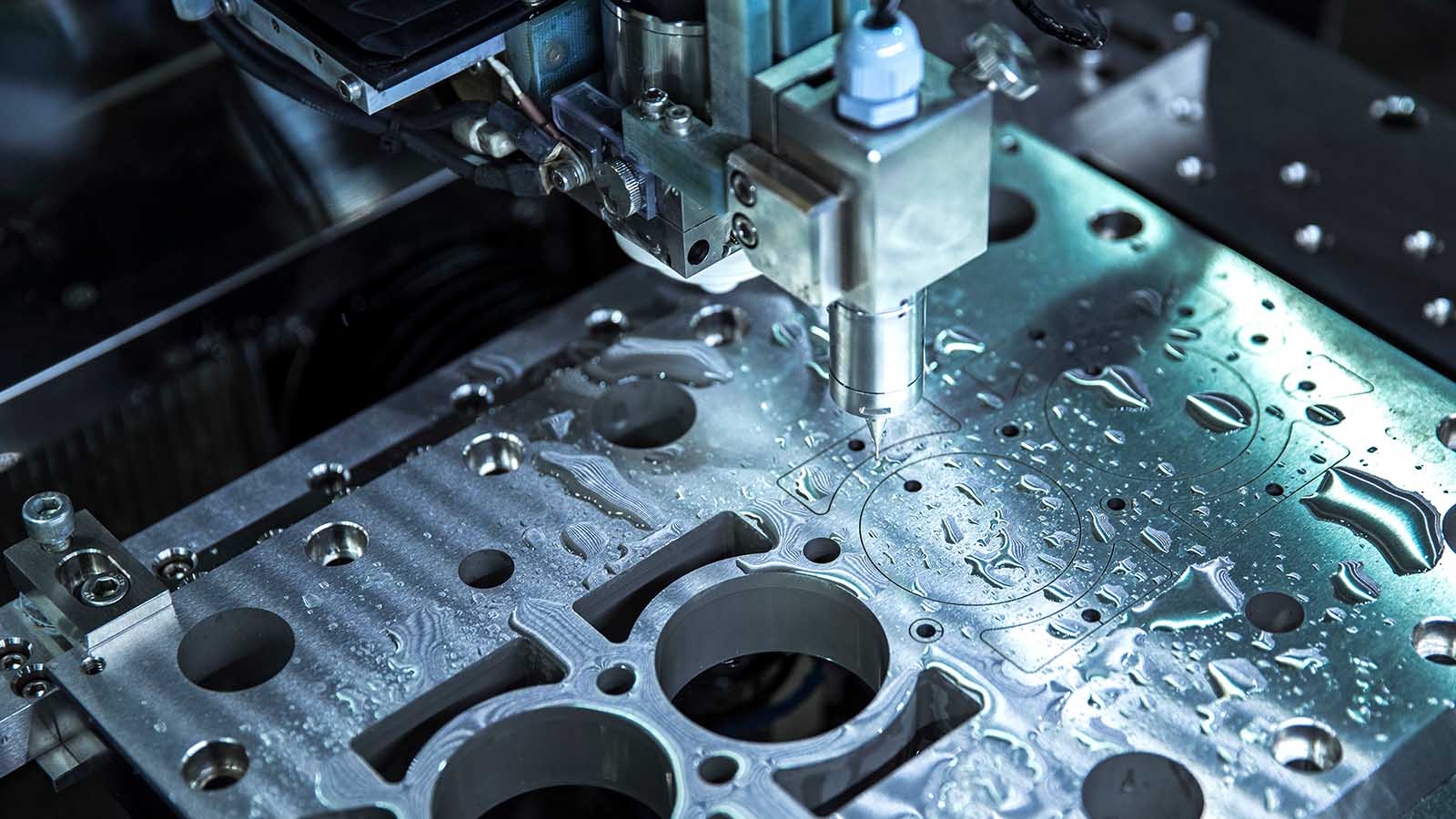The Function of Fasteners and Machining in High-Quality Item Style
Wiki Article
Revealing the Complexities of Bolts and Machining Procedures for Ideal Efficiency
In the world of engineering and manufacturing, the selection of bolts and the ins and outs of machining procedures play a critical function in determining the ultimate performance and resilience of an item. From the relatively simple job of picking the ideal sort of bolt to the complex accuracy machining methods used, every step in this procedure demands thorough interest to information. As we start this expedition into the globe of fasteners and machining, we will reveal the refined yet essential aspects that can considerably influence the efficiency and high quality of the final product, shedding light on the frequently ignored elements that can make all the difference in accomplishing optimal efficiency.
Significance of Proper Fastener Option
Choosing the suitable fasteners is essential in ensuring the architectural stability and longevity of any kind of mechanical setting up. Fasteners play a fundamental duty in holding elements together firmly, with the ideal option contributing dramatically to the general performance and reliability of the setting up. When selecting fasteners, variables such as material compatibility, ecological problems, load-bearing capacity, and convenience of setup must be very carefully thought about to guarantee optimum performance.Inappropriate fastener option can result in a variety of problems, including helping to loosen, corrosion, and even structural failing. Using bolts that are not suited to the certain requirements of the setting up can compromise its capability and position safety and security dangers. Designers and engineers need to meticulously examine the application requires and select bolts that fulfill or exceed the needed standards and specs.
In addition, the appropriate fastener option procedure involves examining the joint design, anticipated tons, resonance levels, and prospective thermal growth or tightening to make certain that the chosen fasteners can endure the operating problems properly. By focusing on proper fastener selection, makers can boost the top quality, resilience, and performance of their mechanical assemblies.
Kinds and Features of Fasteners
An essential aspect of mechanical assemblies lies in understanding the varied types and distinct qualities of fasteners used in different commercial applications. Bolts are vital parts that hold frameworks with each other, making certain security and functionality. There is a large range of fasteners available, each designed for details objectives based upon the application needs. Usual sorts of fasteners include screws, bolts, nuts, pins, washing machines, and rivets.Screws are threaded bolts that are commonly made use of to sign up with 2 or even more elements with each other. Nuts are internally threaded fasteners that mate with screws to hold components with each other. Washing machines are thin plates that disperse the lots of a fastener, stopping damages to the material being secured.
Understanding the characteristics of each type of fastener is important for picking the best one for a particular application, guaranteeing optimal performance and reliability of the mechanical setting up. Fasteners and Machining.
Accuracy Machining Methods for Effectiveness
The elaborate design requirements of numerous bolts require utilizing precision machining techniques for optimal performance in making processes. Precision machining is crucial in ensuring that bolts satisfy the exact requirements required for their designated application. One of the key strategies utilized in precision machining is Computer system Numerical Control (CNC) machining, which allows high levels of precision and repeatability in the production of fasteners. CNC makers can performing intricate cuts and shaping procedures with very little human intervention, causing enhanced efficiency and uniformity in the manufacturing procedure.Along with CNC machining, other accuracy methods such as grinding, milling, and transforming are typically made use of to achieve the limited resistances required for fasteners. These methods permit producers to develop fasteners with smooth surface areas, specific dimensions, and high architectural integrity. By using accuracy machining techniques, manufacturers can enhance the top quality of fasteners, reduce product waste, and boost overall production performance. Additionally, the usage of innovative machining processes assists make sure that fasteners satisfy industry requirements and consumer expectations for performance and integrity.

Factors Influencing Machining Refine Performance
Numerous variables play a considerable duty in identifying the efficiency of machining processes in the manufacturing of bolts. The first essential element is the selection of cutting tools. Picking the appropriate tools based upon the product being machined, desired surface, and reducing speeds can considerably influence the efficiency and high quality of the machining procedure. Additionally, the cutting specifications such as reducing rate, feed rate, and depth of cut are necessary variables that affect performance. Fasteners and Machining. Optimizing these specifications based upon the details requirements of the fastener being created is crucial to attaining economical and specific machining.Device rigidness and stability also play an important function in identifying machining procedure efficiency. A steady maker with very little vibrations can improve precision and avoid tool wear, resulting find in better total efficiency. The ability and experience of the equipment driver can not be ignored. An experienced operator can make real-time adjustments, troubleshoot concerns successfully, and make sure that the machining process runs efficiently, inevitably impacting the final top quality of the fastener.

Quality Assurance Procedures in Manufacturing
Factors influencing machining procedure efficiency, such as cutting device option and machine stability, straight impact the application of top quality click to read control steps in production. Normal maintenance of machining equipment is likewise essential to support high quality control. By sticking to rigorous quality control procedures, suppliers can enhance client fulfillment, construct a credibility for dependability, and inevitably attain optimum performance in their machining processes.Conclusion
In final thought, choosing the appropriate fasteners and utilizing precision machining methods are necessary for optimum efficiency in making procedures. Understanding the types and characteristics of fasteners, along with factors affecting machining procedure performance, can result in improved efficiency and quality assurance steps. By focusing on these intricacies, suppliers can achieve greater degrees of efficiency and dependability in their products.In the realm of engineering and production, the choice of fasteners and the complexities of machining processes play a pivotal duty in establishing the utmost performance and sturdiness of a product (Fasteners and Machining). One of the primary strategies utilized in precision machining is Computer Numerical Control (CNC) machining, which makes it possible for high degrees of precision and repeatability in the production of bolts. The usage of advanced machining procedures aids guarantee that fasteners fulfill market standards and consumer expectations for performance and integrity
In final thought, selecting the ideal bolts and using precision machining methods are important for optimum efficiency in producing procedures. Comprehending the types and attributes of fasteners, along with read the full info here variables influencing machining procedure performance, can lead to boosted efficiency and top quality control steps.
Report this wiki page